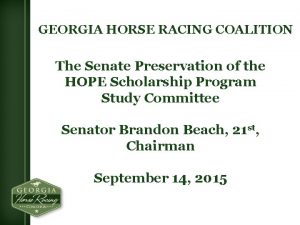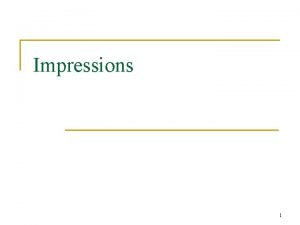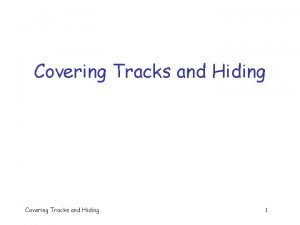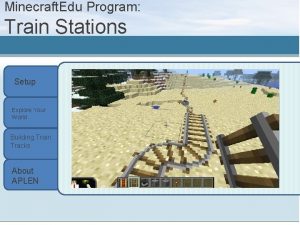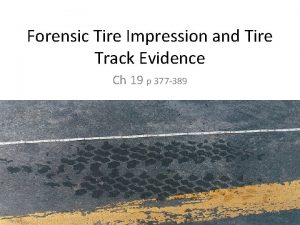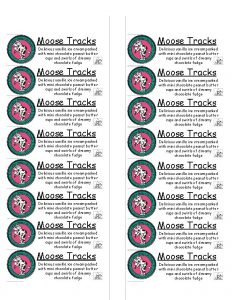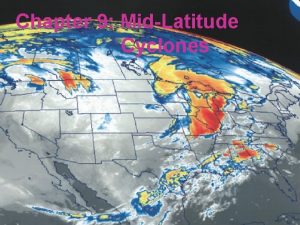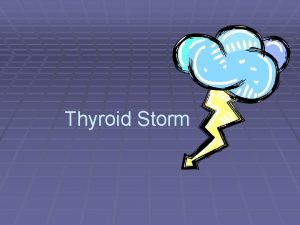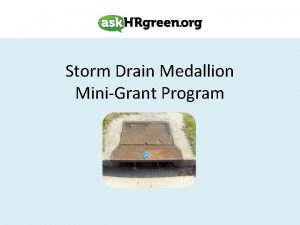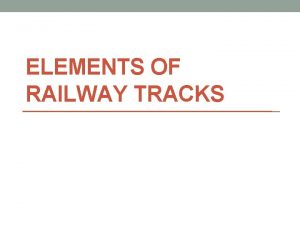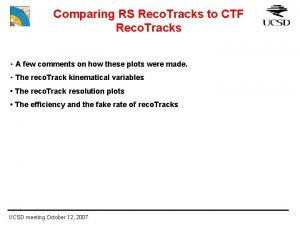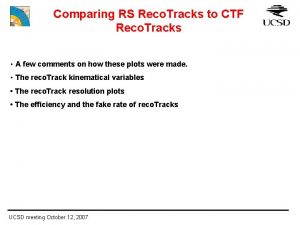Tracing shifts in the midlatitude storm tracks over










- Slides: 10

Tracing shifts in the mid-latitude storm tracks over the western US through model simulations and remote sensing of isotopes in water vapor Nikolaus Buenning & Lowell Stott

Shifts in storm tracks • Under a warmer climate, models project a poleward expansion of the Hadley Cell and a poleward shift in midlatitude storm tracks. • This could mean less moisture for California. • Our project aims to develop a methodology to detect such as shift.

Isotope Tracers • Isotopes in water are believed to trace atmospheric circulation in the mid-latitudes. Heavy to light isotope ratio Mid-latitude moisture, Low δ values. Tropical moisture, High δ values. Can we use isotope tracers to detect the shift in storm tracks in the 21 st century? If so, how much would δ change by?

General Method • Use results of CMIP 5 RCP 8. 5 simulations to force an isotope GCM to simulate how δ values will change as a result of the shifted storm tracks. • However, there are many model to choices to use for the forcing.

Which models to use for the forcing? GFDL IPSL MIROC • Different models simulate a poleward expansion of the Hadley Cell differently. MPI

Which models to use for the forcing? GFDL IPSL MIROC MPI • Forcing Isotope Model (Iso. GSM) Worden et al. , 2007 Validate present-day results with TES data

Results: 21 st century simulations (GFDL forcing) • Trends in both δ values of vapor and precipitation are positive (increasing). • This is consistent with a poleward shift in storm track more tropical moisture. Vapor Precip

Vapor tagging simulations trends Increasing decreasing • Vapor tagging simulations also reveals an increase in moisture advection from low-latitudes (and a decrease in mid-latitudes), indicative of a poleward shift in storms.

Other 21 st century results • Using different forcing, the isotope trends are similar. • However, there are slight differences. • Which ones should we trust? GFDL forcing MIROC forcing

Remaining modeling tasks • We have completed many of the 21 st century simulations with different forcings, and have gotten similar, but slightly varying results. • Now, we need to validate the simulations with TES data to evaluate how each set of model runs performs.




